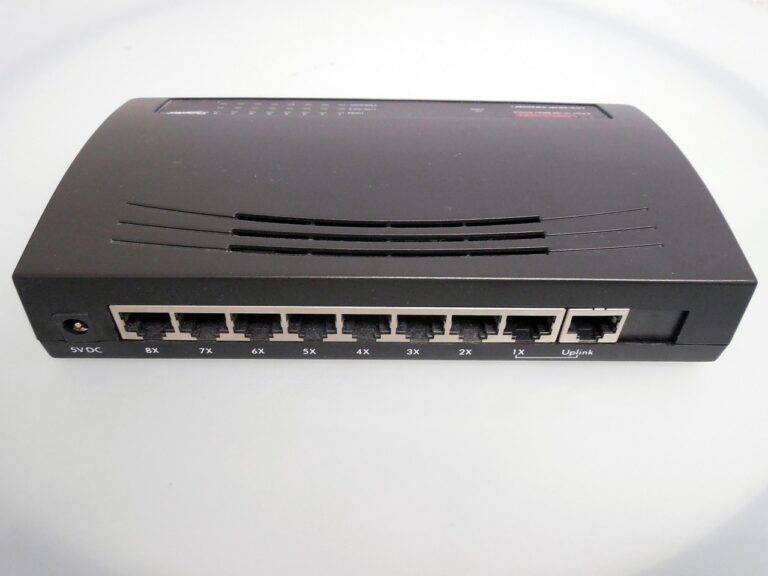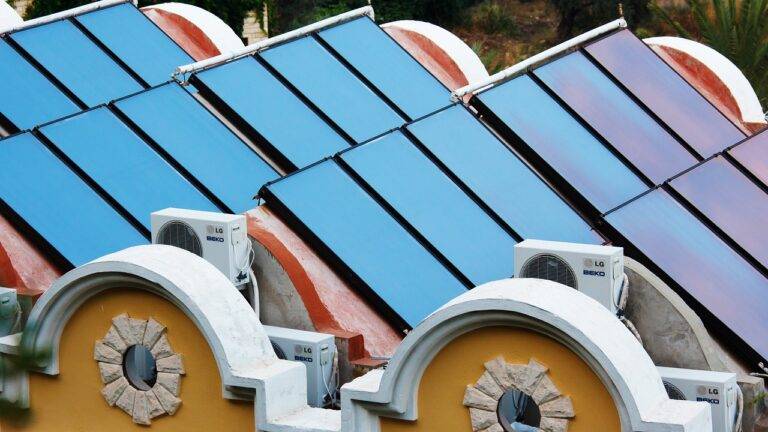The Promise of Space-based Solar Power: Clean Energy from Orbit
Space-based solar power involves capturing solar energy in space and transmitting it back to Earth in the form of microwaves or laser beams. This renewable energy source is not limited by factors like weather conditions or location on Earth, making it a reliable and consistent source of power. By harnessing solar energy in space, we can potentially meet the increasing global energy demand while reducing our reliance on fossil fuels.
One of the key advantages of space-based solar power is the potential to provide electricity to remote and off-grid areas that may not have access to traditional power sources. Additionally, space-based solar power can help mitigate the negative impact of climate change by reducing greenhouse gas emissions associated with traditional energy sources. As technology advances and the cost of space-based solar power decreases, it has the potential to revolutionize the way we generate clean energy for a sustainable future.
The history and development of space-based solar power technology
Space-based solar power technology, often referred to as SBSP, traces its roots back to the concept proposed by Dr. Peter Glaser in 1968. Dr. Glaser envisioned a system where solar panels in space could capture sunlight unimpeded by the atmosphere, providing a continuous source of clean energy for Earth. This groundbreaking idea sparked interest in the scientific and engineering communities, leading to further research and development in the decades that followed.
In the 1970s, NASA conducted studies on the feasibility of SBSP, exploring different designs and technologies to harvest solar power in space. These efforts laid the foundation for the development of prototype systems and demonstration projects in the 1980s and 1990s. While initial attempts faced technical challenges and cost constraints, advancements in materials, launch technology, and space infrastructure have propelled the evolution of SBSP towards becoming a viable and sustainable solution for meeting Earth’s growing energy needs.
What is space-based solar power?
Space-based solar power is a concept where solar energy is collected in space using solar panels or other technologies, and then transmitted to Earth for use as clean energy.
How does space-based solar power differ from terrestrial solar power?
Space-based solar power has the advantage of being able to collect solar energy 24/7 without any interruptions, as it is not affected by weather conditions or night time. It also has the potential to generate more energy due to the lack of atmospheric interference.
When was the concept of space-based solar power first proposed?
The concept of space-based solar power was first proposed in the 1960s by Dr. Peter Glaser, an American aerospace engineer.
What are some of the challenges in developing space-based solar power technology?
Some of the challenges in developing space-based solar power technology include the high cost of launching materials into space, the complexity of building and maintaining structures in orbit, and the efficiency of transmitting energy back to Earth.
What are the potential benefits of space-based solar power?
The potential benefits of space-based solar power include providing a constant and reliable source of clean energy, reducing the need for fossil fuels, and potentially solving energy shortages in remote or disaster-stricken areas.
Are there any ongoing projects or research in the field of space-based solar power?
Yes, there are several ongoing projects and research efforts focused on developing space-based solar power technology, including collaborations between government agencies, private companies, and academic institutions.





